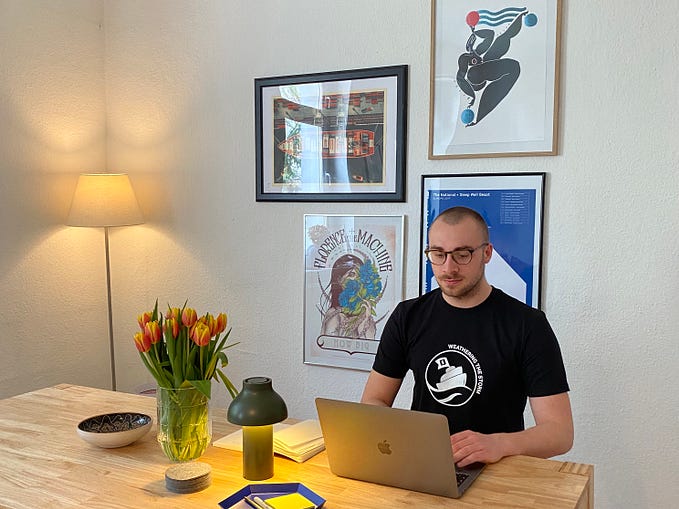Can You Solve This High School Level Problem for Selecting the USA’s International Math Olympiad Team?
With the 2024 International Math Olympiad taking place for the next several days, let’s look back at a problem that appeared in the selection process for the USA team.
If you’re unfamiliar with competitive math, the USA assembles its “dream team” to represent at the IMO through its rigorous selection process:
- First, all high school students are eligible to take the American Mathematics Competition (AMC) which is composed of 25 multiple-choice questions in a 75-minute time span.
- If these competitors score above the AMC cutoffs, they are invited to take the American Invitational Mathematics Examination (AIME). The AIME consists of 15 free-response questions in a 3-hour time span.
- Clearing the AIME cutoff, these bright minds are invited to take the United States of America (Junior) Mathematics Olympiad or the USA(J)MO. For this stage, participants are given 6 proof-based problems to be completed in 9 hours spread out over 2 days (Yes, 9 hours for a single math test!).
- Finally, the top scorers of the USA(J)MO are invited to MOP, the Math Olympiad Program. MOP is an intensive summer program held at Carnegie Mellon University where the six participants are selected to represent the country at the IMO.
I had the privilege to experience the USA’s rigorous selection process firsthand. I scored above the cutoffs for the 2023 AMC and the 2024 AIME, which I was then invited to take the USAJMO.
Unfortunately, due to my lack of expertise in proof-based problems, I now have PTSD (Proofs Traumatic Stress Disorder). It’s known that the USA(J)MO is the hardest stage for many to triumph across. The knowledge jump between the AIME and USA(J)MO is certainly no joke.
As you may expect, the problems generally increase in difficulty after each competition. Today, let’s take a look at a fairly intriguing problem that appeared in the most recent AMC 12 competition:

Feel free to take a solid 10–20 minutes and see if you can figure it out. A hint will be provided below, followed by a detailed solution.
Hint:
By looking at our answer choices (two of them containing trigonometric functions), it is apparent that we are finding a probability based on angles.
Proposing that we need some geometry to get our answer, let’s sketch it out:

In our sketch above, the origin (0,0) represents our starting point. Since Cyrus can jump in any direction, his possible landings represent a circle with a radius of 2 units, and his first landing will be on the red circle.
Without the loss of generality, suppose Cyrus lands on (0, 2). His second jump can then land on any of the points along the blue circle.
Since we are asked to find the probability that Cyrus ends up within 1 unit from the origin, his valid ending positions must be within the green circle.
Solution:

The sketch shown above is similar to the previous one , where S represents the circle containing the first jump, and O represents the circle containing the second jump.
The gist of this problem is to find the angle between the lines that intersect circle O and the small circle. Then, we can divide that by 2pi to find our probability.
Since the initial angle is not nicely looking, we would like to construct right angles to perform trigonometry. Thus, we split the angle into four smaller angles, forming right triangles. We know the values of the triangles’ sides as they are formed on radii.
Since we are given the opposing leg’s value and the hypotenuse, we can set up a relation using sin():

After finding the smaller angle, we need to multiply this value by 4, and find our probability:

When I attempted this problem, I got a completely different answer, or so I thought. If you got a different answer, that is completely fine. Plug your answer and the correct answer into a calculator, and check if the values match.
The downside to this problem is that the multiple choice selections are not inclusive. Since multiple values may arise when it comes to trigonometric functions, sadly you would have to follow this specific solution to obtain E.
My Approach:
When I attempted this problem, I set up the same sketch, and I used coordinate bashing. In short, I set up equations for all 3 circles and found the intersections between the two circles which the desired angle is formed upon (by solving a systems of equations). From there I performed trigonometry, but unfortunately, I was presented with an answer in a different format.

With the value you obtain from coordinate-bashing, you would need to perform a reversed double-angle identity to obtain E, which is obviously very unintuitive.
Overall, I thought this problem was fairly unique and was worth taking a look at.
Feel free to let me know if you have any different approaches to this problem!









